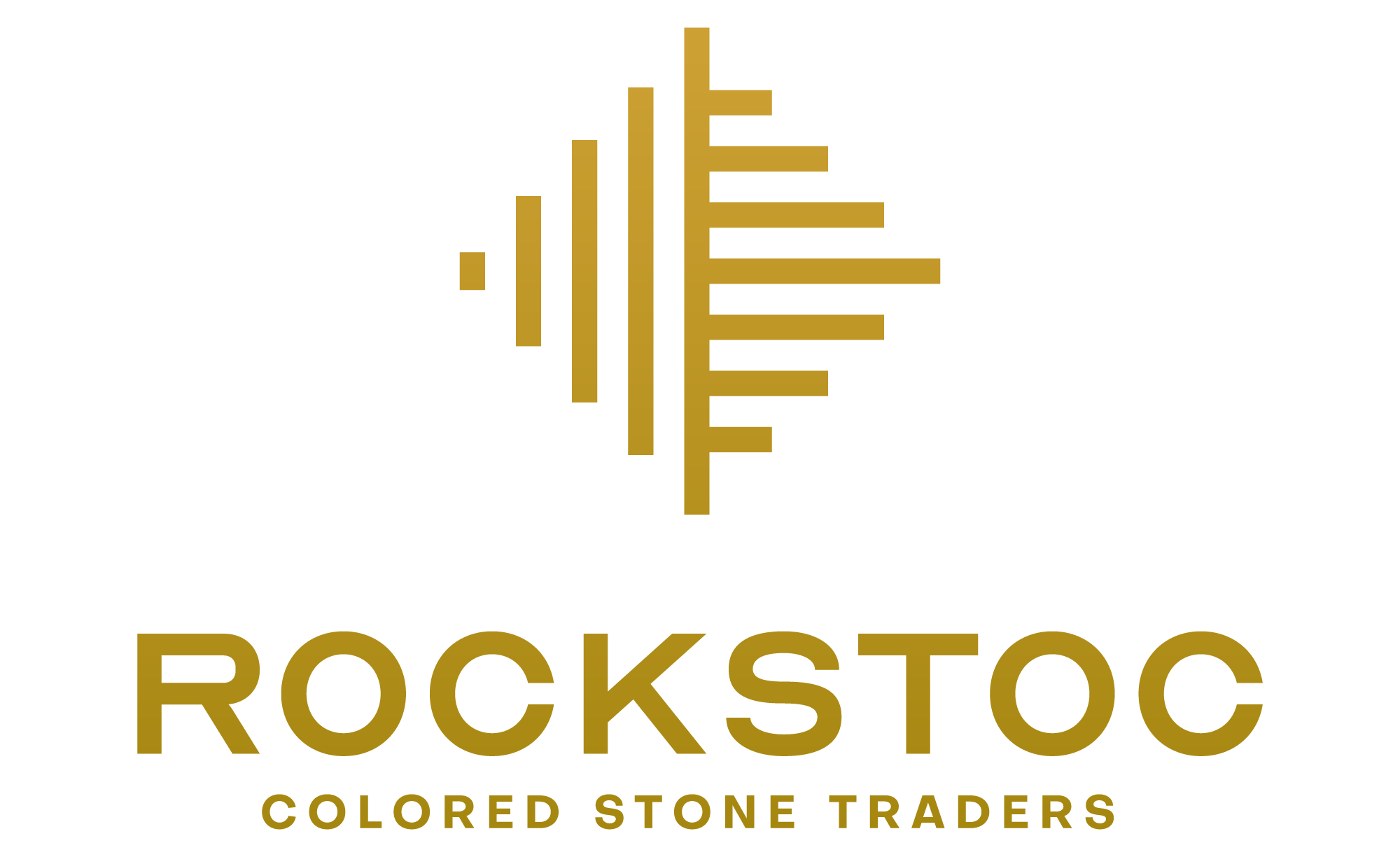In 2013, a new jewel with a story almost as intriguing as the gem itself was discovered in Africa (to protect the gem from exploitation the exact source has not been disclosed). Dubbed aquaprase for its beautiful bluish-green color, the unexpected arrival has taken its place as the newest darling of the gem circuit.
Background
When Yianni Melas initially discovered the stone, no one was certain exactly what it was…including Melas. After extensive debate with various gem laboratories, (some claiming the stone to be chrysoprase, others speculating that it was a chrysocolla), Melas was unconvinced. He sent a specimen to GIA for the final word. GIA experts immediately noted that the color of the material was distinctive from any type of chalcedony found in Africa to date, and ultimately determined that a new variety of chalcedony gem had been found.
Ethical
Melas has since set up a mine with the backing of Avant Chordia, a Jaipur emerald dealer. The team’s approach to the sale of the newly discovered stone is refreshingly unique. Forty percent of profits from the mine go directly to the government of the country of origin, and Melas and Chordia purchase all rough as opposed to the typical top five percent. This approach is both more friendly to the miners and appealing to millennials that want to know their purchases are affecting positive change for those whose lives are most closely enmeshed with the mines where gems are sourced. When coupled with the fact that the material is totally natural and untreated, aquaprase promises to become an alluring material for buyers with ethical concerns.

Freeform aquaprase cabochons under LED lighting
Two types of aquaprase have been identified to date – a gemmy, translucent blue-green variety, and one that is closer to a baby blue in tone but changes color in different lighting and is interspersed with cloud-like inclusions. The stone’s distinctive bluish-green color is attributed to the presence of chromium and nickel. Some specimens also exhibit an earthy matrix, which is alluring in its own right, with beautiful patterns and color contrasts against the translucent blue. In some ways, it is reminiscent of the organic beauty of boulder opal, but with the hardness and durability of chalcedony.
Mining currently takes place within an area of less than one square kilometer, so supply limitations are currently unknown. For buyers, this only adds to the intrigue of this nuanced new arrival.



Leave a comment